Chrysler 2009 Annual Report Download - page 104
Download and view the complete annual report
Please find page 104 of the 2009 Chrysler annual report below. You can navigate through the pages in the report by either clicking on the pages listed below, or by using the keyword search tool below to find specific information within the annual report.-
 1
1 -
 2
2 -
 3
3 -
 4
4 -
 5
5 -
 6
6 -
 7
7 -
 8
8 -
 9
9 -
 10
10 -
 11
11 -
 12
12 -
 13
13 -
 14
14 -
 15
15 -
 16
16 -
 17
17 -
 18
18 -
 19
19 -
 20
20 -
 21
21 -
 22
22 -
 23
23 -
 24
24 -
 25
25 -
 26
26 -
 27
27 -
 28
28 -
 29
29 -
 30
30 -
 31
31 -
 32
32 -
 33
33 -
 34
34 -
 35
35 -
 36
36 -
 37
37 -
 38
38 -
 39
39 -
 40
40 -
 41
41 -
 42
42 -
 43
43 -
 44
44 -
 45
45 -
 46
46 -
 47
47 -
 48
48 -
 49
49 -
 50
50 -
 51
51 -
 52
52 -
 53
53 -
 54
54 -
 55
55 -
 56
56 -
 57
57 -
 58
58 -
 59
59 -
 60
60 -
 61
61 -
 62
62 -
 63
63 -
 64
64 -
 65
65 -
 66
66 -
 67
67 -
 68
68 -
 69
69 -
 70
70 -
 71
71 -
 72
72 -
 73
73 -
 74
74 -
 75
75 -
 76
76 -
 77
77 -
 78
78 -
 79
79 -
 80
80 -
 81
81 -
 82
82 -
 83
83 -
 84
84 -
 85
85 -
 86
86 -
 87
87 -
 88
88 -
 89
89 -
 90
90 -
 91
91 -
 92
92 -
 93
93 -
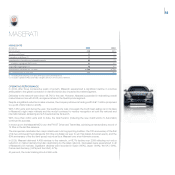 94
94 -
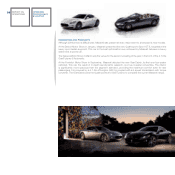 95
95 -
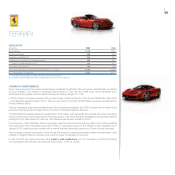 96
96 -
 97
97 -
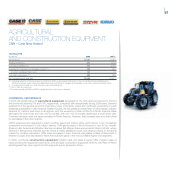 98
98 -
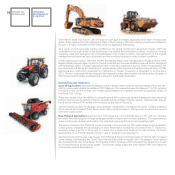 99
99 -
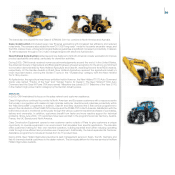 100
100 -
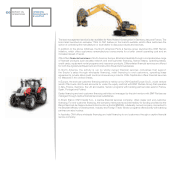 101
101 -
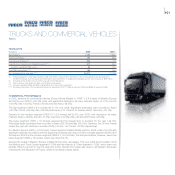 102
102 -
 103
103 -
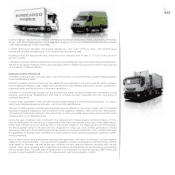 104
104 -
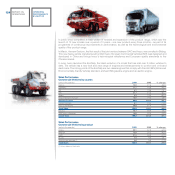 105
105 -
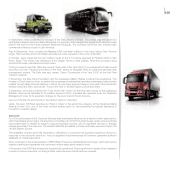 106
106 -
 107
107 -
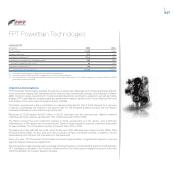 108
108 -
 109
109 -
 110
110 -
 111
111 -
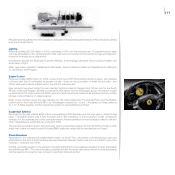 112
112 -
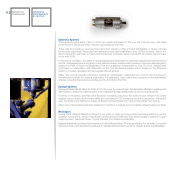 113
113 -
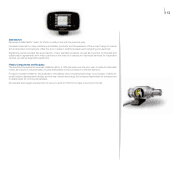 114
114 -
 115
115 -
 116
116 -
 117
117 -
 118
118 -
 119
119 -
 120
120 -
 121
121 -
 122
122 -
 123
123 -
 124
124 -
 125
125 -
 126
126 -
 127
127 -
 128
128 -
 129
129 -
 130
130 -
 131
131 -
 132
132 -
 133
133 -
 134
134 -
 135
135 -
 136
136 -
 137
137 -
 138
138 -
 139
139 -
 140
140 -
 141
141 -
 142
142 -
 143
143 -
 144
144 -
 145
145 -
 146
146 -
 147
147 -
 148
148 -
 149
149 -
 150
150 -
 151
151 -
 152
152 -
 153
153 -
 154
154 -
 155
155 -
 156
156 -
 157
157 -
 158
158 -
 159
159 -
 160
160 -
 161
161 -
 162
162 -
 163
163 -
 164
164 -
 165
165 -
 166
166 -
 167
167 -
 168
168 -
 169
169 -
 170
170 -
 171
171 -
 172
172 -
 173
173 -
 174
174 -
 175
175 -
 176
176 -
 177
177 -
 178
178 -
 179
179 -
 180
180 -
 181
181 -
 182
182 -
 183
183 -
 184
184 -
 185
185 -
 186
186 -
 187
187 -
 188
188 -
 189
189 -
 190
190 -
 191
191 -
 192
192 -
 193
193 -
 194
194 -
 195
195 -
 196
196 -
 197
197 -
 198
198 -
 199
199 -
 200
200 -
 201
201 -
 202
202 -
 203
203 -
 204
204 -
 205
205 -
 206
206 -
 207
207 -
 208
208 -
 209
209 -
 210
210 -
 211
211 -
 212
212 -
 213
213 -
 214
214 -
 215
215 -
 216
216 -
 217
217 -
 218
218 -
 219
219 -
 220
220 -
 221
221 -
 222
222 -
 223
223 -
 224
224 -
 225
225 -
 226
226 -
 227
227 -
 228
228 -
 229
229 -
 230
230 -
 231
231 -
 232
232 -
 233
233 -
 234
234 -
 235
235 -
 236
236 -
 237
237 -
 238
238 -
 239
239 -
 240
240 -
 241
241 -
 242
242 -
 243
243 -
 244
244 -
 245
245 -
 246
246 -
 247
247 -
 248
248 -
 249
249 -
 250
250 -
 251
251 -
 252
252 -
 253
253 -
 254
254 -
 255
255 -
 256
256 -
 257
257 -
 258
258 -
 259
259 -
 260
260 -
 261
261 -
 262
262 -
 263
263 -
 264
264 -
 265
265 -
 266
266 -
 267
267 -
 268
268 -
 269
269 -
 270
270 -
 271
271 -
 272
272 -
 273
273 -
 274
274 -
 275
275 -
 276
276 -
 277
277 -
 278
278 -
 279
279 -
 280
280 -
 281
281 -
 282
282 -
 283
283 -
 284
284 -
 285
285 -
 286
286 -
 287
287 -
 288
288 -
 289
289 -
 290
290 -
 291
291 -
 292
292 -
 293
293 -
 294
294 -
 295
295 -
 296
296 -
 297
297 -
 298
298 -
 299
299 -
 300
300 -
 301
301 -
 302
302 -
 303
303 -
 304
304 -
 305
305 -
 306
306 -
 307
307 -
 308
308 -
 309
309 -
 310
310 -
 311
311 -
 312
312 -
 313
313 -
 314
314 -
 315
315 -
 316
316 -
 317
317 -
 318
318 -
 319
319 -
 320
320 -
 321
321 -
 322
322 -
 323
323 -
 324
324 -
 325
325 -
 326
326 -
 327
327 -
 328
328 -
 329
329 -
 330
330 -
 331
331 -
 332
332 -
 333
333 -
 334
334 -
 335
335 -
 336
336 -
 337
337 -
 338
338 -
 339
339 -
 340
340 -
 341
341 -
 342
342 -
 343
343 -
 344
344 -
 345
345 -
 346
346 -
 347
347 -
 348
348 -
 349
349 -
 350
350 -
 351
351 -
 352
352 -
 353
353 -
 354
354 -
 355
355 -
 356
356 -
 357
357 -
 358
358 -
 359
359 -
 360
360 -
 361
361 -
 362
362 -
 363
363 -
 364
364 -
 365
365 -
 366
366 -
 367
367 -
 368
368 -
 369
369 -
 370
370 -
 371
371 -
 372
372 -
 373
373 -
 374
374
 |
 |
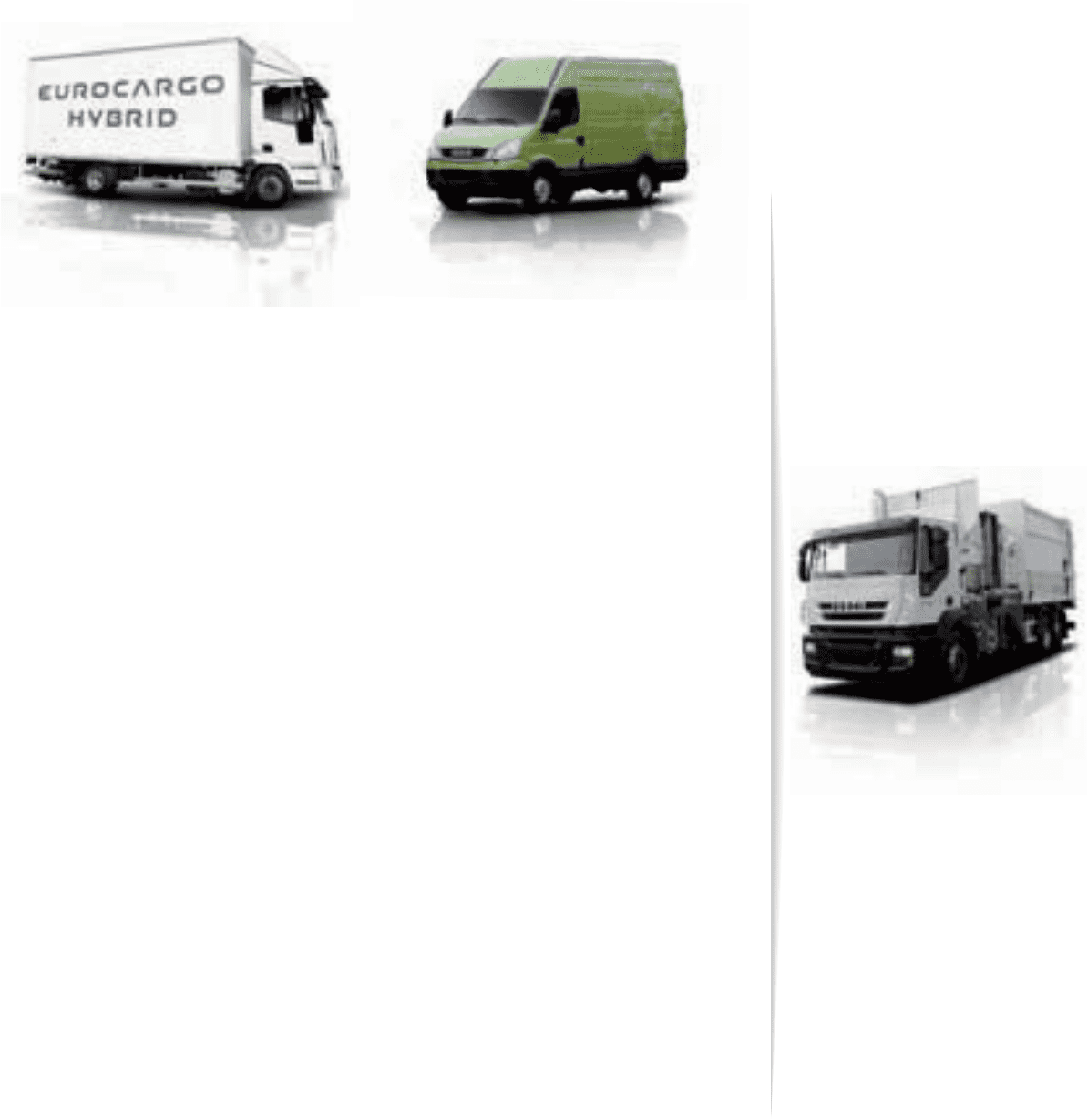
103
In China, Naveco - the 50/50 joint venture with Nanjing Automotive Corporation (NAC), a subsidiary of the SAIC
Group - sold 25,037 light vehicles in the Power Daily range (up 12.7% over 2008) and 50,670 medium vehicles
in the Yuejin range (up 37.8% over 2008).
In 2009, SAIC Iveco Hongyan Commercial Vehicles Co. Ltd., held 33.5% by Iveco, sold 19,598 heavy
commercial vehicles, representing a 12.3% decline over the previous year.
Including LSVs (for agricultural use), these two joint ventures sold a total of 107,000 units, up from
92,000 in 2008.
In Russia, no further investment was made in the joint venture between Iveco and the industrial group Samotlor-
NN due to the global recession (which was particularly harsh in Eastern Europe) and its severe repercussions
on our partner’s financial stability.
INNOVATION AND PRODUCTS
Innovation continued, as in previous years, with both product- and methodology-focused initiatives geared
toward sustainable mobility.
Product innovation centred around six key elements: new-generation low environmental impact vehicles,
best-in-class fuel efficiency, high-quality cabin environment, cost-effective solutions for frames, excellence in
preventive safety and the evolution of telematic capabilities.
Innovation in methodology focused on the following key areas: product development processes, virtual
analysis, performance measurement and control, product-process integration and the upgrading of
technical standards.
In 2009, Iveco continued to seek innovative technological solutions to both lowering emissions – an area in
which Iveco has always been an innovator – and improving fuel efficiency.
The line of CNG-powered vehicles was expanded and all vehicles in this range comply with the strictest
European emissions regulations, well in advance of the regulatory deadline. Iveco is the only manufacturer
of trucks and commercial vehicles in the world today to offer a complete range of low environmental impact
vehicles which run on alternative fuels.
During the year, investment also continued in the development of diesel-electric hybrid technology. Of note
was the continuation of road testing, in collaboration with major international customers, of the diesel-electric
hybrid Daily (minibus and van versions) and, in the medium segment, the diesel-electric hybrid Eurocargo,
the first European vehicle of its type and size designed for urban use. Iveco’s latest generation of hybrid
technology offers up to 30% fuel savings for urban use and a consequent reduction in CO2 emissions through
the application of sophisticated operating and control systems which optimise propulsion systems for urban
driving conditions.
Iveco is also actively testing alternative fuels and next-generation lubricants. In particular, current research
relates to two lines of biofuels – one derived from vegetable oils and not disruptive to the food chain, and the
other based on biomass – as well as the new, synthetic low and ultra-low viscosity lubricants with low ash
content, which aid in reducing fuel consumption and carbon dioxide emissions, and improving compatibility
with particulate filters. This latter area of research led to development of a new low-viscosity (SAE 5W30) and
low ash content (LowSAPs) motor oil for F1 engines which went into production in 2009.
